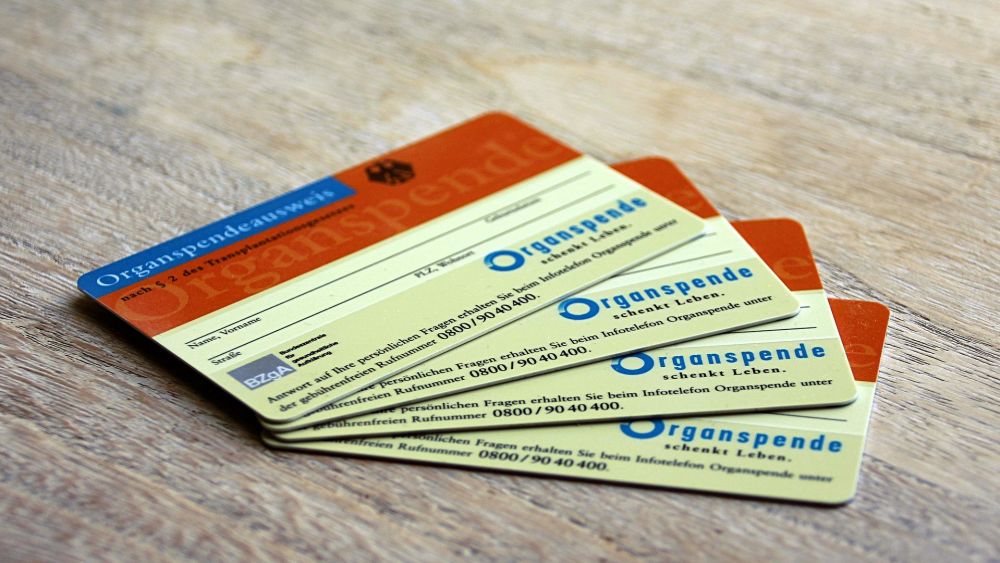Is Climate Change Coming to Your Coffee Cup?
Greggory Moore | Moore Lowdown

image by: StockSnap
The planet is warming, and the effects are being felt far and wide. But a new one may hit so close to home that by the end of the century the daily life of the average American will never be the same.
From the Arctic Circle to the South Pacific, today’s world is full of scientifically documented stories of just how dramatically climate change is affecting life on Earth.
But we Americans occupy a privileged position. The vast majority our land has no direct access to oceans, and we live at latitude where the weather is relatively temperate. Add to that our unparalleled mass and variety of arable land, along with our enviable infrastructure and economic resources, and we are a people who are about as insulated from climate change as anyone can be.
But the old saying “No man is an island” extrapolates to climate change. No people, no matter how wealthy or well located, can escape a planetary climactic shift. And we Americans are on the verge of getting undeniable proof as it pertains to one of our most common and beloved daily rituals: the simple cup of coffee.
According to numerous studies, well over half of U.S. adults drink coffee on a daily basis, in addition to another 25 percent—and nearly 40 percent of teenagers—who drink it at least occasionally. And coffee consumption has been on the rise in recent years, particularly craft coffee, with consumers ever more able to consistently get beans from their region of choice.
But although coffee does grow on trees (or shrubs, if you like), those trees don’t grow just anywhere. The nature of nature is that life evolves in relation to environmental pressures. Cacti don’t grow in Antarctica and sharks don’t live on land because they are forms of life that evolved to fit their environment. And as the fossil record tells us when paired with climate data, when environments change, species die off.
Coffee trees are no exception. They are particular forms of life that evolved as part of a particular ecosystem, which includes climate, one in a long list of the environmental pressures that shape the history and development of every form of life. But climate is a biggie, so as goes climate, so goes life on Earth.
And make no mistake: Earth’s climate is changing, and not just in the sense that flux is the norm. According to NASA, Earth’s climate warming roughly 10 times faster than it has at any time in the last million years, a rate of change that is expected to double over the next century. Therefore, life on Earth can’t help but change.
Although Homo sapiens may not be readily affected directly by this rate of change (even before the advent of modern technologies, our species successfully spread across the globe, capably ranging from the cold of the Arctic to the heat of sub-Saharan African), coffee trees are a type of life that is more finely tuned to climate. Native only to southern Africa and tropical Asia, coffee trees (i.e., all species of the genus Coffea) thrive only where the temperature and rainfall are within a relatively narrow range. That’s why Latin America has become a thriving coffee-producing region, whereas the wealth and world-class technology enjoyed by North America has not led to Americans enjoying much of the homegrown. Check the origin of your morning joe, and you’ll find it’s from Brazil, Columbia, Kenya, Ethiopia, Guatemala, Nicaragua, etc.—not the good ol’ U.S. of A.
But global warming is hitting those regions and their coffee trees hard. Coffee production in India, for example, was down nearly 30 percent between 2002 and 2011. Over in Columbia, coffee production between 2006 and 2011 dropped 25 percent. Meanwhile, in Ethiopia, Africa’s fifth-largest coffee producer, rains have declined by as much as 20 percent since the 1970s, and scientists say that by the end of the century at least 39 percent of the country’s coffee-growing land unfit to the purpose if drastic action isn’t taken.
In September 2016, the Climate Institute issued an even more dire prediction: “Without strong action to reduce emissions, climate change is projected to cut the global area suitable for coffee production by as much as 50 per cent by 2050. By 2080, wild coffee, an important genetic resource for farmers, could become extinct.”
Americans love our fossil fuels, and we’ve been loath to reduce our dependence on them despite decades of exhortation by climate scientists. Perhaps now, with our beloved cup of coffee under threat, we’ll get more serious about reducing carbon emissions. But perhaps not. As is true for so many myopic people, “You don’t know what you got ‘til it’s gone.”
About the Author:
Except for a four-month sojourn in Comoros (a small island nation near the northwest of Madagascar), Greggory Moore has lived his entire life in Southern California. Currently he resides in Long Beach, CA, where he engages in a variety of activities, including playing in the band MOVE, performing as a member of RIOTstage, and, of course, writing.
His work has appeared in the Los Angeles Times, OC Weekly, Daily Kos, the Long Beach Post, Random Lengths News, The District Weekly, GreaterLongBeach.com, and a variety of academic and literary journals. HIs first novel, The Use of Regret, was published in 2011, and he is currently at work on his follow-up. For more information: greggorymoore.com

Introducing Stitches!
Your Path to Meaningful Connections in the World of Health and Medicine
Connect, Collaborate, and Engage!
Coming Soon - Stitches, the innovative chat app from the creators of HWN. Join meaningful conversations on health and medical topics. Share text, images, and videos seamlessly. Connect directly within HWN's topic pages and articles.
















